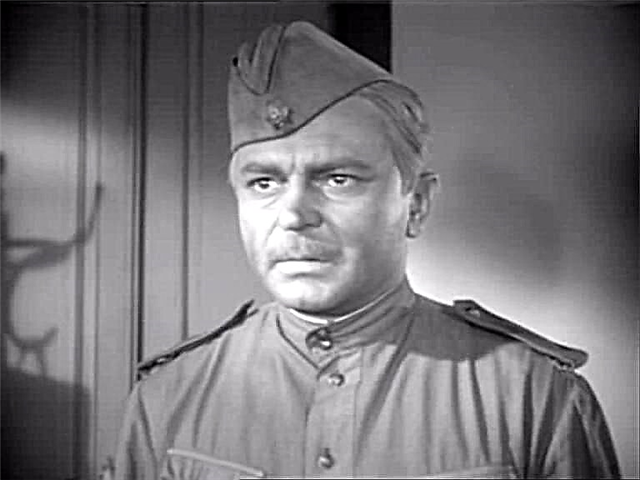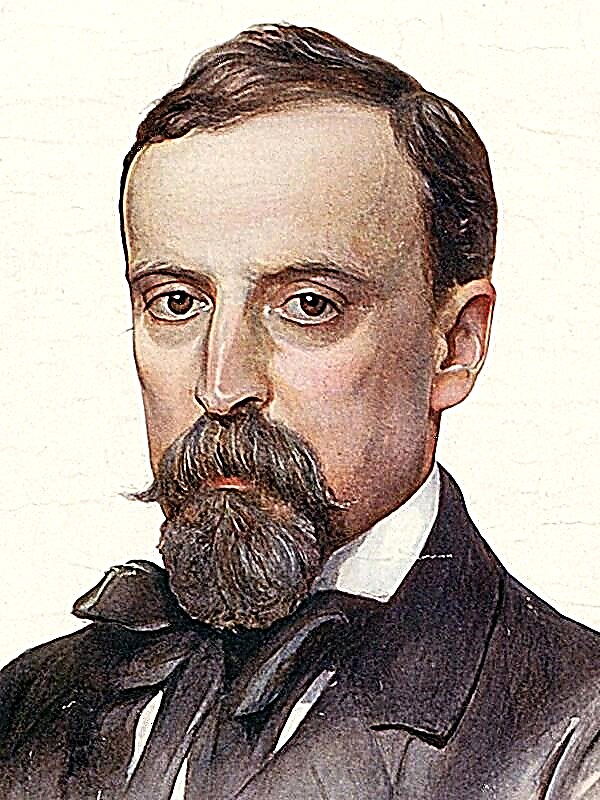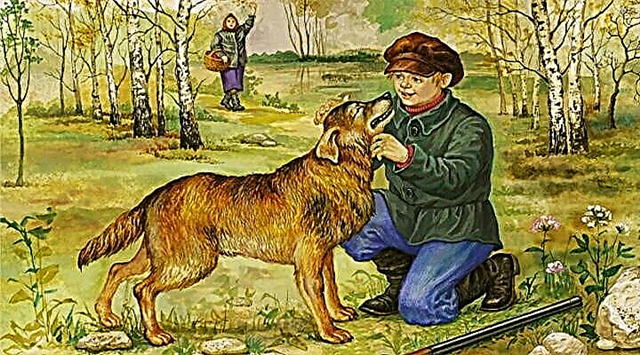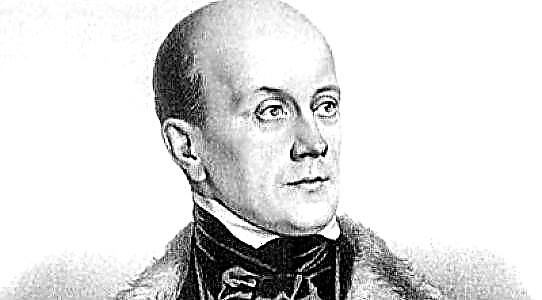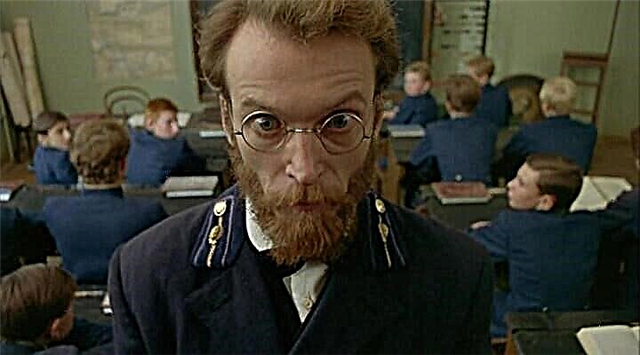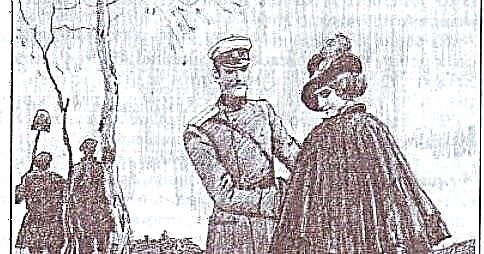(525 words) As a rule, we dream about what cannot be achieved, because if an ideal acquires real features, then it ceases to be an ideal. Its whole essence is that it is not there, you can only languish over it. If he is, then soon we get fed up with him, he gets bored and ceases to be himself. Of course, you can dream of banal things, but it’s not interesting. What is this dream? Real dreams excite consciousness, inspire. And what is, does not give such an effect. This means that the gulf between reality and a dream is created by man himself, so that the fantasy world can console and entertain him, without touching a dull reality, which is not as malleable as fantasy. Confirmation of this is easily found in the literature.
In A. Green's book “Scarlet Sails,” the heroine dreams of the impossible: for a beautiful sailor to come to her on a ship with scarlet sails and take her with him. This desire looks so ridiculous in the realities of Caperna that residents taunt the local "little fool." Such a marvel will never come to the quiet harbor of this remote place. And Assol, by no means a fool, understands this. But for her, this impossible dream became a refuge where she hid from the condemnation and anger of fellow citizens who hated her father. They accused the old man of letting his neighbor die out of revenge, without extending a helping hand to him at a crucial moment. Since then, they have ignored and oppressed him and Assol in every possible way, and the unfortunate girl was very worried. The real world was unjustifiably cruel to her, and the victim found solace in the world of dreams, which was as far from reality as possible, had no contact with her, and therefore could not be just as evil and terrible. She ran away from reality, and in this escape is the meaning of her dreams. This explains her inaction: she did nothing to make her dream come true. We see that Assol herself created a gap between desire and reality, so that wretched reality could not get to it.
We observe the same phenomenon in the story of A. Kuprin "Olesya". The heroine knew that he and Ivan would not be together, but she allowed herself to be deceived. The girl had the gift to predict fortunes and definitely saw that the ending of their relationship was tragic. Despite this, she goes to church, realizing that there will be no marriage with her beloved nobleman, but a terrible beating scene, after which the "witch" will leave Polesie forever. The forest nymph could prevent this and even get an offer from Ivan, but she did not begin to realize her dream. Her chosen ones were amused by the same illusions. He presented in detail their life together, pondered Olesya’s adaptation in secular circles, but did nothing to realize his dream. All their sluggish attempts to start a family resemble self-deception. Why do they need it? It’s just that both heroes leave the ideal as an ideal, and not destroy it by translating it into reality. The gap between reality and dream is necessary for them to leave unclouded love in their hearts. Marriage would lead both to disappointment, their worlds were too different. Therefore, the man and woman did not go beyond the dream of a joint future.
As we see, the gap between a dream and reality is created by people in order to maintain their ideal and find a cozy haven in it where you can hide from reality. If they embody their desire, then it will cease to please them, because habit kills the effect of pleasure. Dreams, being embodied, cease to be dreams. To prevent this from happening, it is necessary to separate the dream from reality.


